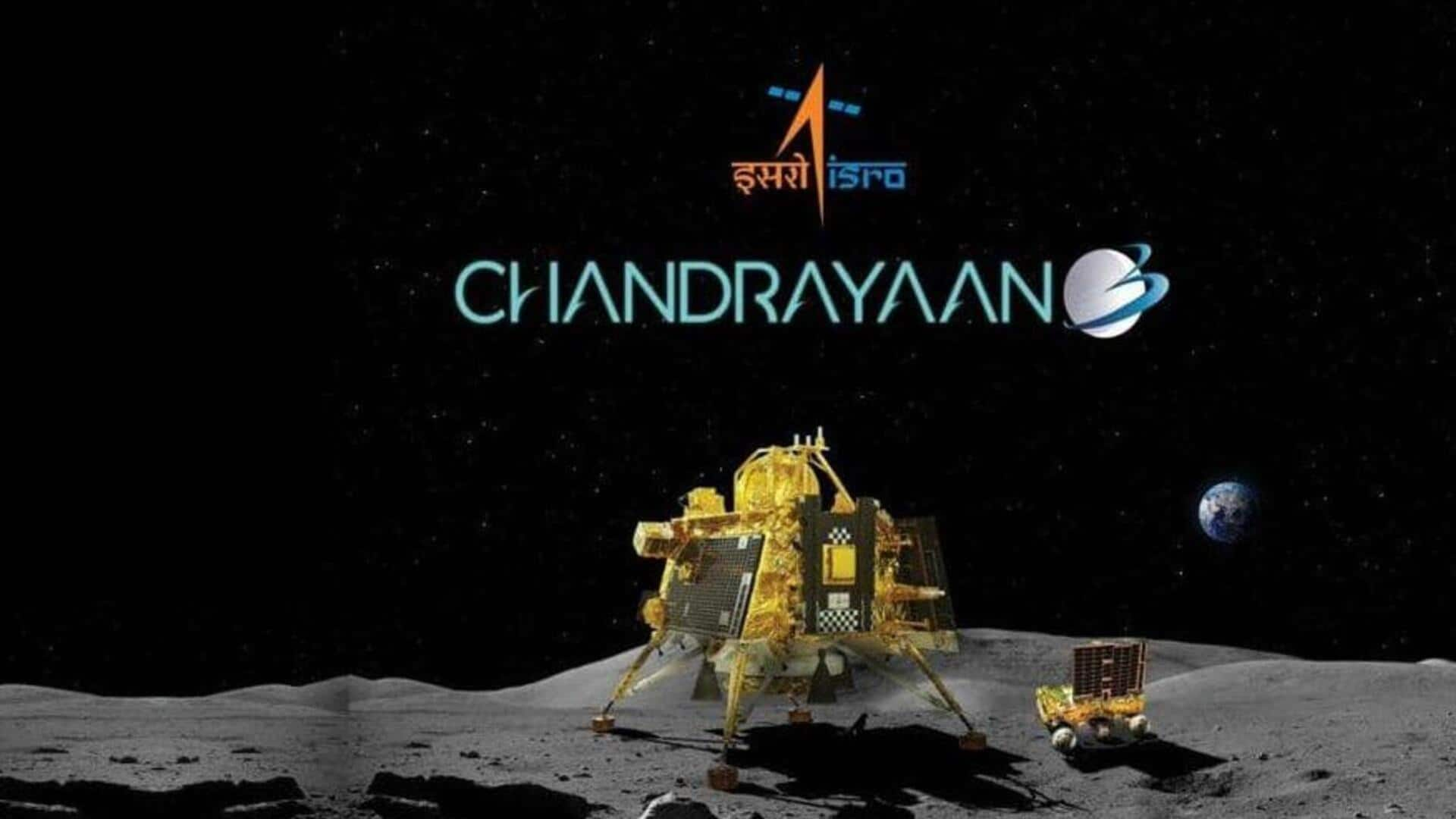
Top Chinese scientist disputes India's Moon landing near south pole
What's the story
Chandrayaan-3 scripted history on August 23, becoming the first mission to ever land near the Moon's south pole. However, a top Chinese scientist has questioned India's claims. Ouyang Ziyuan, hailed as the father of China's lunar exploration program, has said that Chandrayaan-3 touchdown point at 69 degrees south latitude isn't close to the Moon's pole, which is defined as between 88.5 and 90 degrees.
Facts
'Chandrayaan-3 didn't land near Moon's south pole'
"It's wrong!" Ziyuan said, with reference to Chandrayaan-3's lunar landing. "The landing site of Chandrayaan-3 is not at the lunar south pole, not in the lunar south pole region, nor is it near the lunar south pole region." He pointed out that the Chandrayaan-3 was 619 kilometers away from the Moon's southern polar region. On Earth, 69 degrees south would lie within the Antarctic Circle, but on the Moon, the circle would lie much closer to its pole.
Details
Another Chinese scientist claims China's engines are more advanced
Ziyuan isn't the first Chinese expert to question India's lunar accomplishments. Beijing-based space specialist Pang Zhihao previously told Global Times that China has more advanced technology in various areas. He emphasized China's ability to send orbiters and landers directly into Earth-Moon transfer orbit since 2010, a skill India has yet to achieve due to the limited capacity of launch vehicles. Moreover, Zhihao claimed that China's engine technology and lunar rover size are far superior to India's.
What Next?
Chandrayaan-3 beats former missions in lunar south pole landing
Despite these claims, India's Chandrayaan-3 journeyed farther south than any other spacecraft from Russia, the US, or China. Last month, Russia aimed to land its Luna-25 mission near the lunar south pole but the probe crashed into the lunar surface, leaving a 10-meter wide crater. Meanwhile, China's Chang'e 4 landed at 45 degrees south in 2019, the first to land near the Moon's far side, and NASA's Surveyor 7 touched down at about 41 degrees south in 1968.
Insights
Why the Moon's south pole has garnered interest
The lunar south pole is of great interest because of strong evidence pointing to the presence of water ice molecules in the region. These ice reserves could be invaluable for future space missions and long-term stays on the Moon. Both the US and China have their sights set on this area for their upcoming plans to send astronauts to the Moon, which will be the first such mission in about 50 years since NASA's Apollo program.